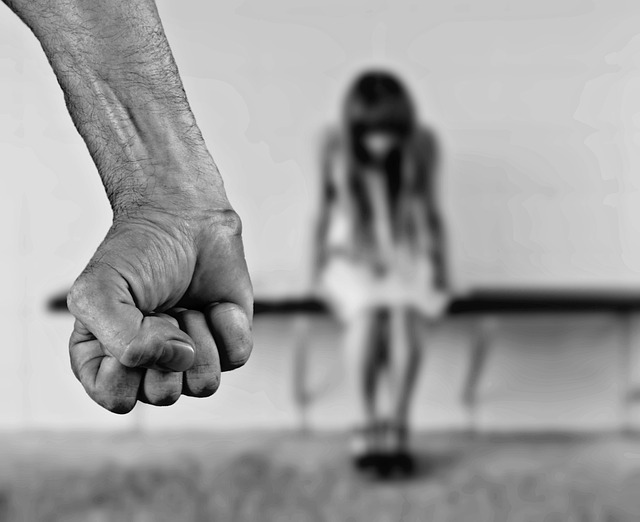Victims of Shelterwood Academy abuse can find support through specialized organizations offering confidential services, 24/7 helplines, therapy, and support groups. Recognizing subtle forms of abuse like gaslighting and unequal treatment is key to healing. Seeking professional help from therapists specializing in institutional trauma, building a supportive network, setting personal goals, and exploring holistic practices are essential steps for recovery. Remember: the first step towards healing is courageous, and resources are readily accessible.
“Shelterwood Academy, while aiming to provide education and care, has historically been associated with instances of abuse. This article delves into the complex issue of Shelterwood Academy Abuse, helping victims recognize patterns and understand their experiences. We provide an essential guide to support and resources available for those affected, offering a roadmap to healing and recovery. If you or someone you know has experienced Shelterwood Academy Abuse, this resource is designed to offer guidance, support, and steps towards rebuilding your life.”
- Understanding Shelterwood Academy Abuse: Recognizing the Patterns
- Support and Resources for Victims: Where to Find Help
- Healing and Recovery: Steps Towards Rebuilding Your Life
Understanding Shelterwood Academy Abuse: Recognizing the Patterns

Shelters like Shelterwood Academy are designed to provide safety and support for vulnerable individuals, but unfortunately, abuse can still occur within such environments. Recognizing patterns is key to identifying and addressing Shelterwood Academy Abuse. This type of abuse can take various forms, including emotional manipulation, physical assault, sexual exploitation, or neglect. Often, victims may feel isolated and blame themselves, making it crucial for them to understand that these incidents are never their fault.
Abuse at Shelterwood Academy can manifest in subtle ways, such as persistent gaslighting, unfair punishment, or unequal treatment. Victims might experience a sense of powerlessness, fear, or confusion, especially if they have been brainwashed into believing the abuser’s narrative. By educating themselves about these patterns and seeking support from trusted sources, victims can begin to heal and reclaim their lives.
Support and Resources for Victims: Where to Find Help

If you or someone you know has experienced abuse at Shelterwood Academy, it’s crucial to access support and resources tailored to help heal and recover. There are numerous organizations dedicated to assisting victims of institutional abuse, offering confidential services and a safe space to share your story.
You can reach out to local or national helplines, many of which provide 24/7 coverage, ensuring immediate assistance. These hotlines connect you with trained professionals who can offer guidance, counseling, and information about available support networks. Additionally, there are therapy services, both online and in-person, that specialize in treating trauma resulting from institutional abuse, including Shelterwood Academy-specific support groups where sharing experiences can be therapeutic. Remember, taking the first step towards healing is brave, and help is readily accessible.
Healing and Recovery: Steps Towards Rebuilding Your Life

Healing and recovery from Shelterwood Academy abuse is a journey that requires patience, self-compassion, and access to the right resources. The first steps involve acknowledging the trauma and seeking professional help from therapists or counselors specialized in treating victims of institutional abuse. They can provide safe spaces to process emotions, understand coping mechanisms, and develop strategies for dealing with flashbacks or nightmares. Creating a support network is equally vital; reaching out to trusted friends, family members, or support groups can offer comfort and understanding during the healing process.
Rebuilding one’s life post-Shelterwood Academy abuse means setting personal goals and taking actionable steps towards them. This could involve education or career counseling to regain control over one’s future. Financial assistance programs and legal aid can help victims break free from abusive situations and establish independence. Art therapy, meditation, or other holistic practices can also play a significant role in self-healing, offering creative outlets for expression and promoting mental well-being.
If you or someone you know has experienced abuse at Shelterwood Academy, it’s crucial to remember that healing is possible. By understanding the patterns of this toxic environment and accessing the right resources, victims can take steps towards rebuilding their lives. There are numerous support systems in place, from counseling services to survivor communities, designed to offer comfort, guidance, and justice. Remember, seeking help is a brave step, and there’s a world of support waiting for those who dare to reclaim their power.
